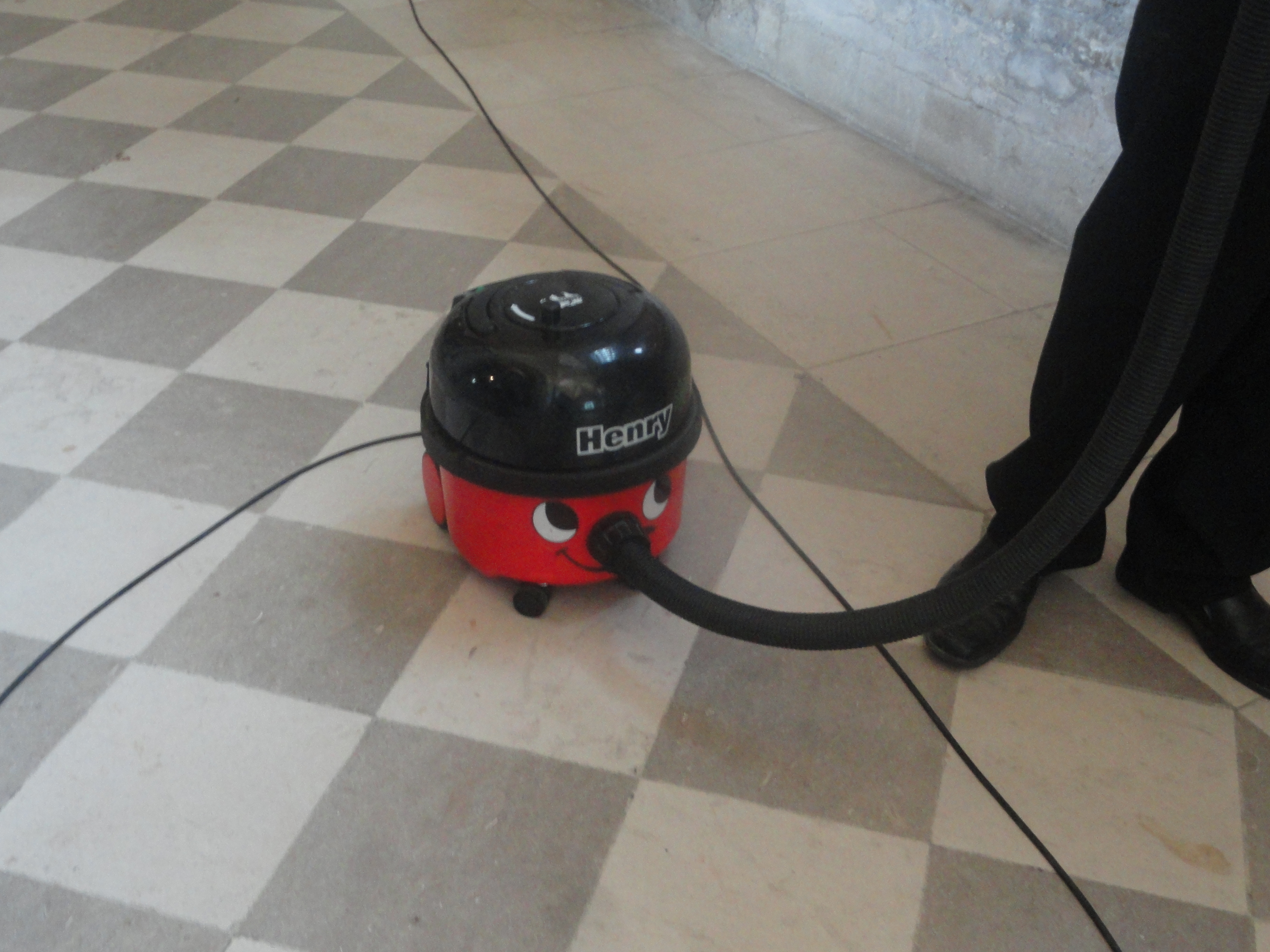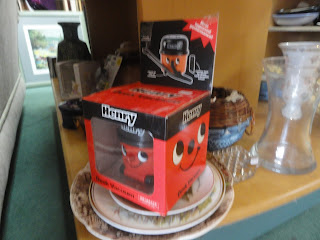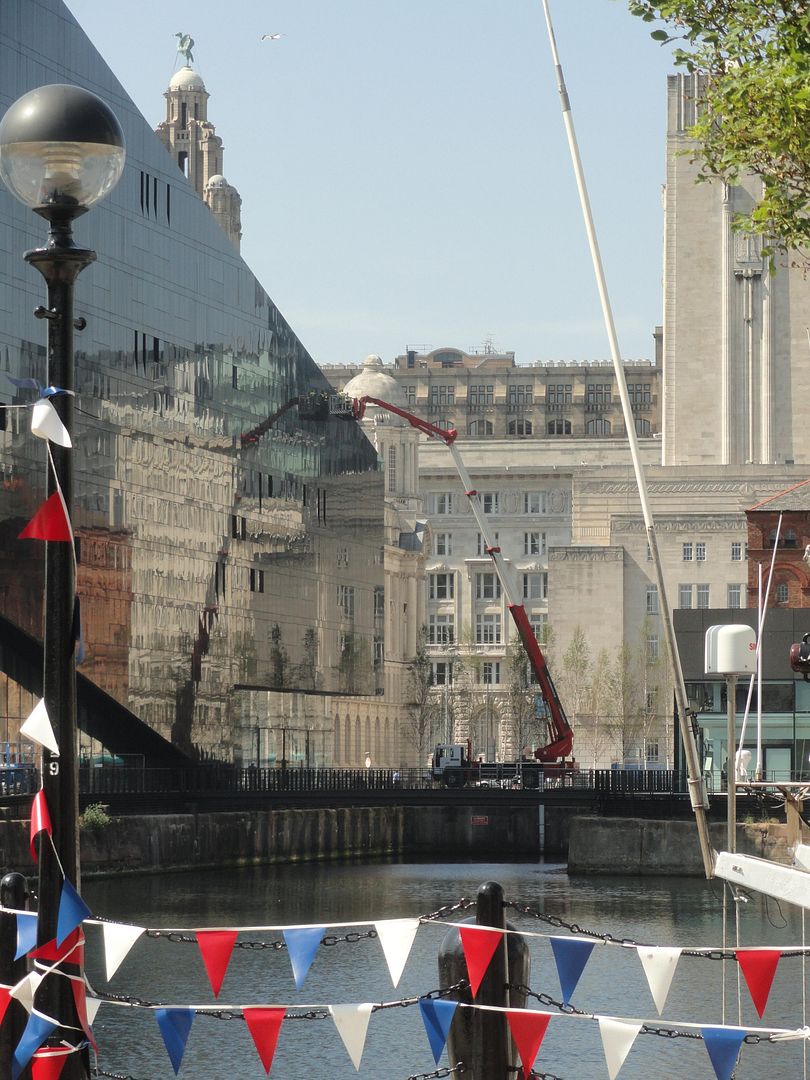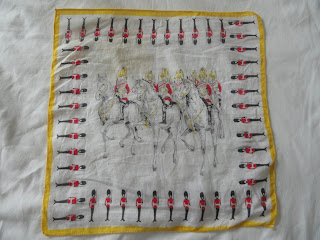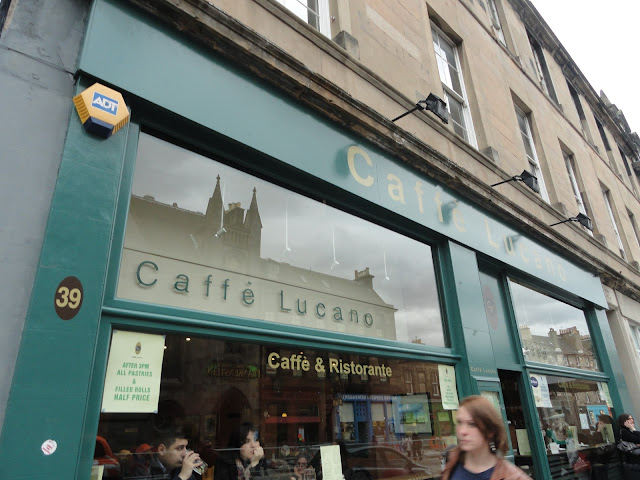Discovered something!
I've wondered where the words to Day by Day, from Godspell, came from. They weren't Biblical, or ast least not in that form, and I had always thought of that musical as being very (almost irritatingly) Biblical.
I found something. On the base of a statue of St. Richard of Chichester, this:

So I went to google, and found this!
Day By Day Lyricist
Question:
Okay so I KNOW the song Day by Day is based on an ancient prayer, but I can't for the life of me figure out who wrote it! Do you know? I'll keep searching my books but if you can get this and tell me before my children's sermon on Sunday I'll be very grateful!
Answer from Stephen Schwartz:
"Day by Day" was written by Richard of Chichester (1197-1253) (if there was such a person). Here is an easy way to find out who wrote the other adapted hymns in GODSPELL: Go to any Episcopal church and look up the title in the hymnal (usually titles, as in the case of "Day by Day", are listed by the first line of the song.) If you can do that by Sunday, you will have your answer in time. Sincerely, Stephen Schwartz
I like that I came upon it "all natural" (as we say in Five Crowns Games when there are no jokers or wild cards involved), by walking up to the statue, reading it, recognizing it as that song, taking a photo, and THEN googling!
Richard was Bishop of Chichester in the 13th century, so the words were modernized later, because they're 16th/17th century style. Here are links to Saint Richard's
Catholic biography (with continental education and activities, and a recalcitrant English king) and to the
wikipedia page (more neutral and less religious, perhaps). Here's a very nice page created and maintained by a Brother Richard in Minnesota:
Saint Richard of Chichester (*1197 +1253). A nice bit of trivia from that page is this: "Chichester's spire is Britain's only cathedral tower visible from sea."
According to Wikipedia, Richard was a little strict, or perhaps the world was a lax place, but as bishop, Richard specified that priests should, honestly, truly NOT have romantic involvements. And that "The Apostles' Creed and the Lord's Prayer were to be learned in the mother tongue; priests were to celebrate mass in clean robes, to use a silver or golden chalice..." Many of the silver chalices used since then were on display, for 50p, just this week!
My favorite is this: "Practices such as gambling at baptisms and marriages is strictly forbidden."
Okay... what OTHER practices "such as" gambling were referred to? I want to know. And I'm not so surprised that Brits were gambling there. Probably gambling ABOUT those things, at the ceremony. These people place bets on everything. Overhearing a conversation at dinner last night about personal insurance policies, I was too tired to mention that it was gambling on one's own death. Americans do it too, but seriously: Brits gamble on everything. American elections. Births of royal babies.
Oh, wait. I went to get a link to prove that, and it's worse than I knew.
Brits Betting on Royal Baby's Sex, Career Choice and Olympic Chances
Online gambling company has seen half a million dollars staked on Will and Kate's pregnancy
http://www2.williamhill.com/?gclid=CKW9-rGou7gCFafLtAodEBgAKA I don't know if they let foreigners play, but that offers bets on "every reality TV show; film, TV, book awards and more." This one's more sports-looking, but advertised on google royal baby bets:
http://www.coral.co.uk/sports-betting-50 and this third one? You can bet on American football, or Australian. I didn't find the place to bet on the baby's life, but there is a page on how to recognize addiction and to be safe(r) gambling:
Reponsible Gaming
But back to St. Richard.
So he wrote (or spoke on his deathbed) this very poetic prayer, and it ended up in an American musical in the early 1970's. And I stumbled into a discovery without knowing the Espiscopal or Church of England hymnal. And he was WAY Catholic, and agents of the English reformation destroyed his shrine.
I wonder if there were bets on who would be canonized, and how long their shrines would last? I wonder if there were bets on whether Richard III's grave would be located, and where.
Below is the statue from the side and from some distance. The words are on the back of the base. The people to the right in the second photo are Adam and Julie, who took me to Chichester.


